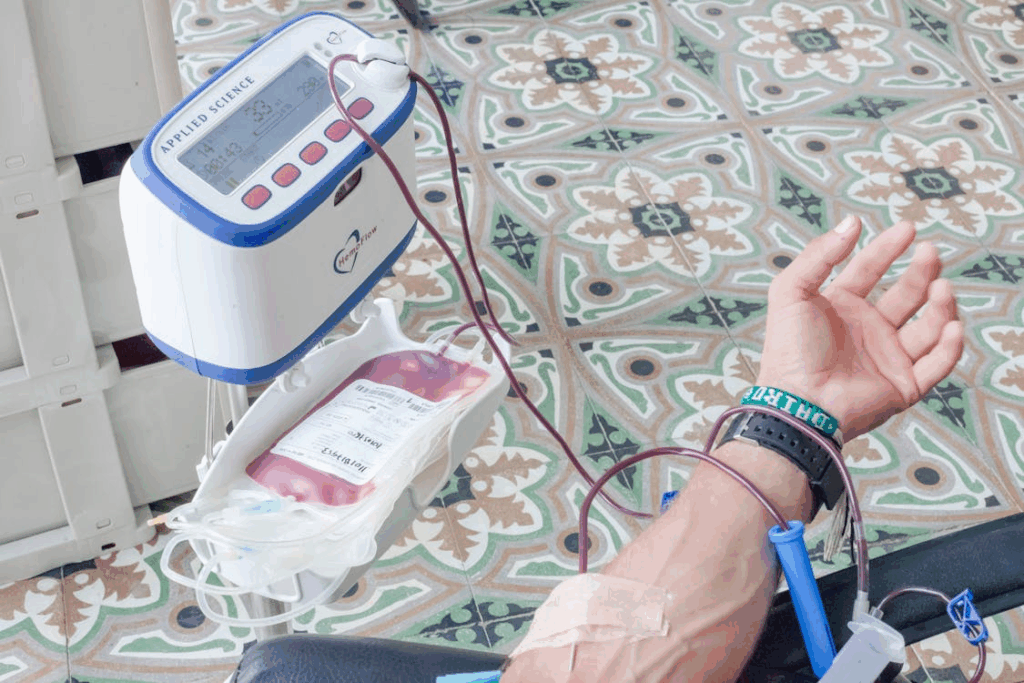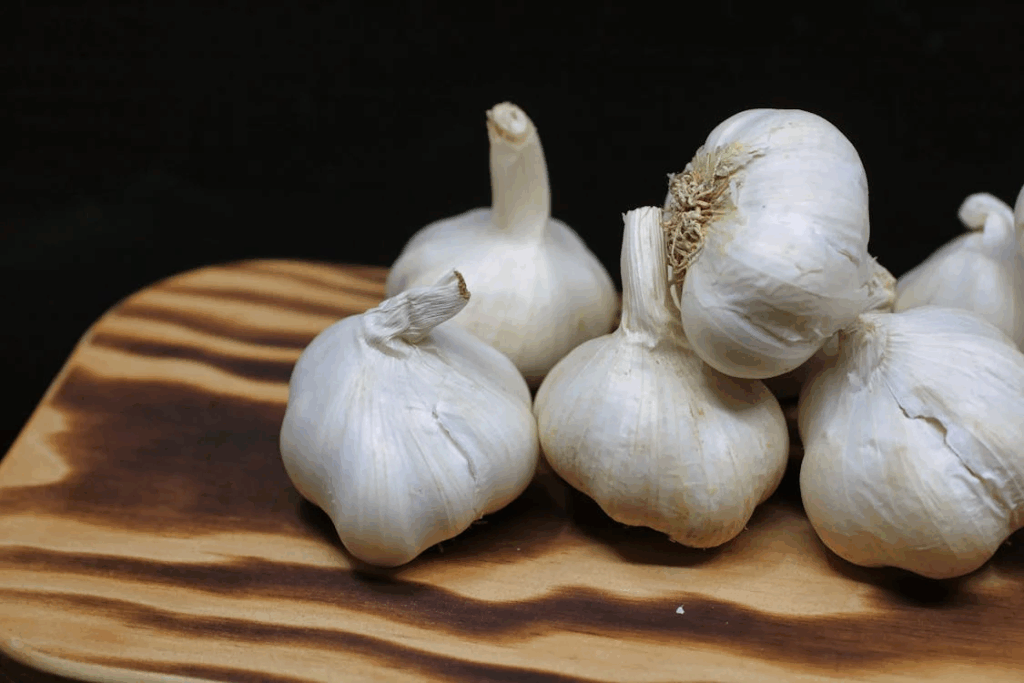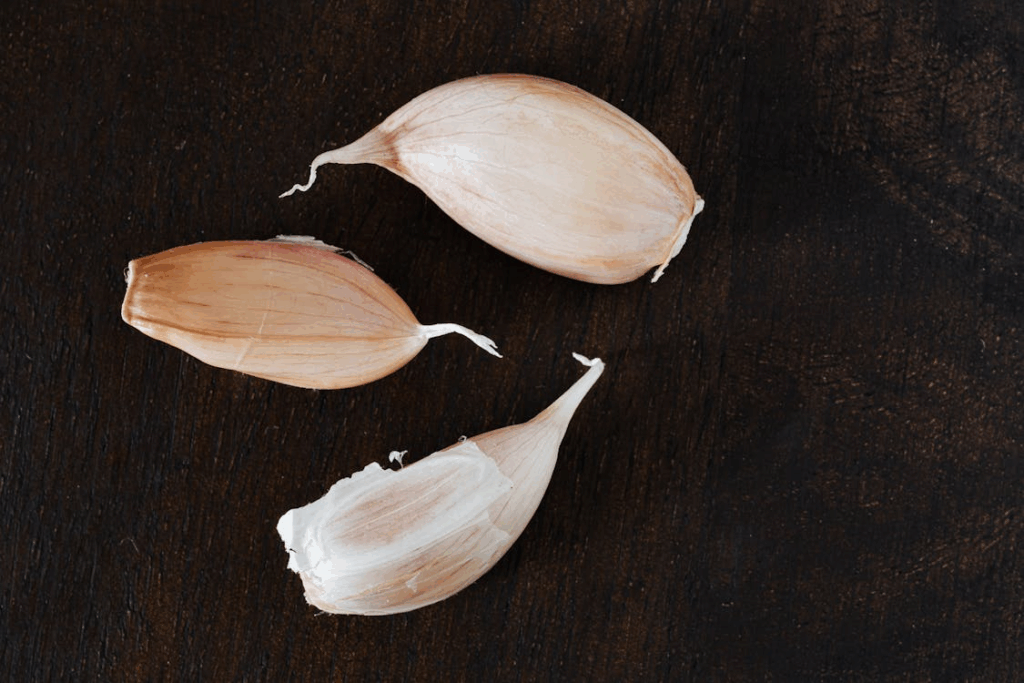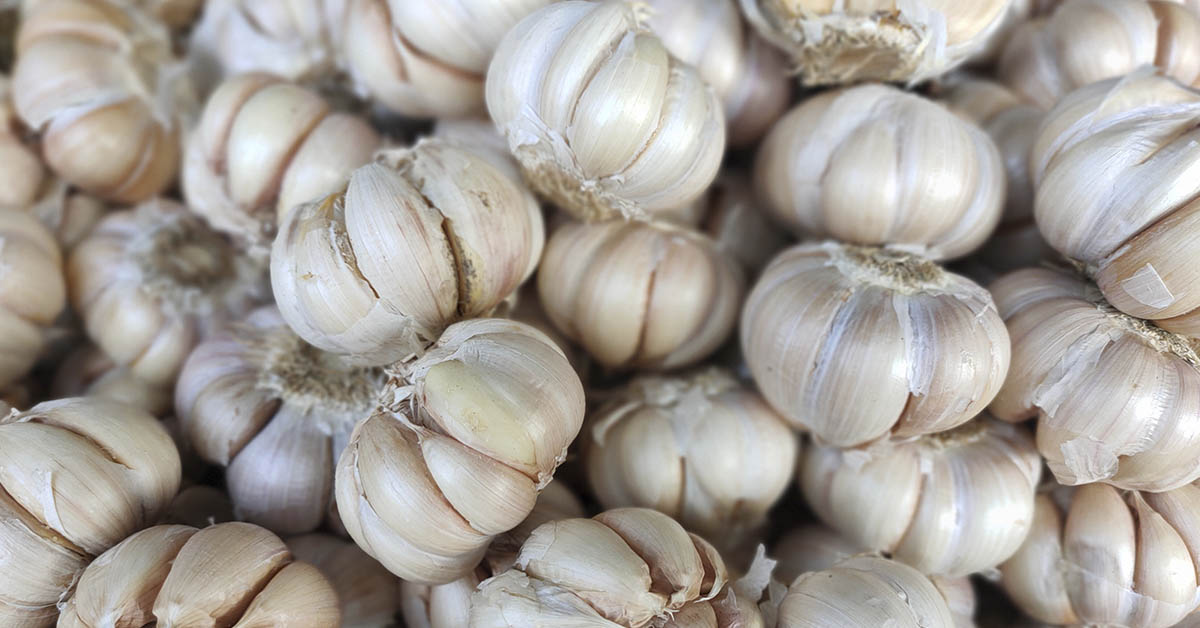Garlic is a bulbous vegetable known for its robust and strong flavor. It has been used for centuries in culinary practices and in traditional medicine to treat several ailments and diseases. In modern medical applications, it is still extensively researched and used for its anti-inflammatory and antioxidant properties. Garlic has long been recognized for its powerful effects on blood thinning and the prevention of blood clots, which, subsequently, benefits cardiovascular health.
Platelet aggregation, which is the clumping of platelets in the blood due to injury, can also form clots that block arteries. This can consequently lead to heart attacks and strokes. Garlic’s active compound, allicin, interferes with platelet aggregation through multiple mechanisms, making it a natural antiplatelet agent.
How Garlic fights against Blood Clots

Garlic’s antiplatelet activity stems from its sulfur-containing compounds, in particular allicin, ajoene, and polysulfides. These compounds inhibit platelets from clumping together, induced by various agonists such as ADP, collagen, arachidonic acid, epinephrine, and calcium ionophores. Specifically, garlic reduces the production of thromboxane A2, a chemical that encourages platelets to aggregate or “clump together”.
It does this by blocking enzymes called cyclooxygenase and lipoxygenase that produce thromboxane A2. Garlic also lowers the activity of phospholipase, another enzyme involved in platelet activation. It also reduces the movement of calcium inside platelets, which is necessary for them to be able to aggregate. This ultimately prevents blood clots from forming too easily, supporting cardiovascular health and reducing the risk of heart attacks and strokes.
Garlic contains natural compounds that help stop blood platelets from clumping together (platelet aggregation), which is crucial for preventing excessive clumping. This excessive platelet aggregation, or clumping, can cause blood clots. These compounds work by blocking certain chemicals and enzymes in the platelets that normally help them stick together and form clots. Specifically, garlic reduces the production of thromboxane A2, a chemical that encourages platelets to clump. Altogether, these actions help keep platelets from forming clots too easily, supporting heart health and reducing the risk of conditions like heart attacks and strokes.
Ajoene, a derivative of garlic’s essential oil, directly interacts with platelet membranes and fibrinogen receptors (GPIIb/IIIa). This prevents platelets from binding together and forming clots in arteries. Studies have demonstrated ajoene’s ability to inhibit platelet aggregation across multiple animal species, demonstrating its antithrombotic potential.
Evidence from Animal and Human Studies

Animal studies show that raw garlic extracts demonstrate great effectiveness in inhibiting thromboxane-B2 synthesis and protecting against platelet aggregation. In rabbits, garlic’s inhibition of platelet aggregation was dose-dependent, with raw garlic being much more effective than boiled garlic. In this study, researchers discovered garlic loses much of its active compounds during cooking. Fresh garlic extracts also delayed platelet aggregation in mouse models, with effects comparable to aspirin.
Human studies confirm these findings, showing that raw garlic, garlic oil, and aqueous extracts inhibit platelet aggregation when tested in the lab. Chronic consumption of garlic powder or oil also reduces platelet aggregation in the body. Single doses of garlic have demonstrated similar effects, suggesting both immediate and long-term benefits.
Impact of Cooking on Garlic’s Antiplatelet Activity

Garlic’s antiplatelet effects depend heavily on its preparation. Crushing garlic cloves activates alliinase, which converts alliin into allicin. Allicin is the compound responsible for garlic’s antiplatelet properties. Crushed garlic cooked using methods such as oven-heating and boiling, do not notably diminish garlic’s ability to inhibit platelet aggregation. However, longer cooking or microwaving can destroy allicin and thiosulfinates, drastically reducing garlic’s antiplatelet effects. Adding raw garlic juice to microwaved garlic can restore some of this lost benefit.
Read More: How Long Does Garlic Last?
Multiple Mechanisms Behind Garlic’s Effects

Beyond inhibiting thromboxane synthesis, garlic increases levels of cyclic nucleotides (cAMP and cGMP) and nitric oxide in platelets. Both cAMP and cGMP aid in reducing platelet activation. It also alters platelet membrane fluidity and interferes with receptor functions, preventing platelet adhesion and aggregation from taking place. These multifaceted actions make garlic a potent natural agent against thrombosis.
In 1995, a study published the results of garlic consumption on thromboxane B2 levels. The study involved a group of male volunteers aged 40-50 years old, who participated in the study. Participants were administered 1 clove of garlic daily for a period of 16 weeks. The clove was measured at approximately 3g and the participant served as his own control.
After 26 weeks of garlic consumption, researchers recorded a significant drop of approximately 80% in serum thromboxane. Researchers also observed a 20% reduction in cholesterol in the participants but saw no decrease in blood glucose levels. However, these results demonstrate that even minute amounts of garlic may be beneficial in thrombosis prevention.
Conclusion

Garlic’s raw form and certain preparations demonstrate strong blood-thinning effects by inhibiting thromboxane formation. It also reduces calcium mobilization which platelets rely on to bind together. Garlic interferes with platelet receptor activity, excessive platelet aggregation and thrombosis, major factors in causing cardiovascular disease. While more standardized research is needed, current evidence supports garlic as a promising natural supplement for potential for cardiovascular protection through its anti-thrombotic properties.
Disclaimer: This information is not intended to be a substitute for professional medical advice, diagnosis or treatment and is for information only. Always seek the advice of your physician or another qualified health provider with any questions about your medical condition and/or current medication. Do not disregard professional medical advice or delay seeking advice or treatment because of something you have read here.
Read More: The Best Way To Eat Garlic For Maximum Health Benefits

